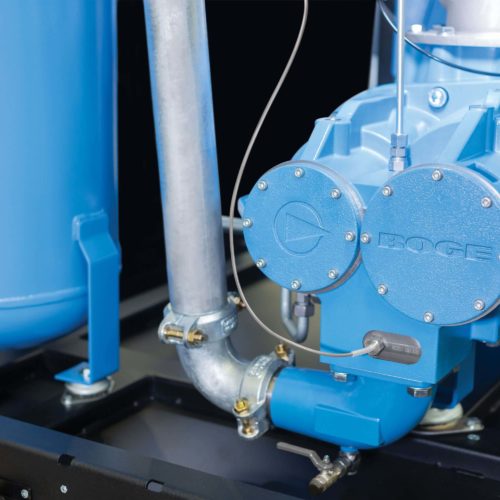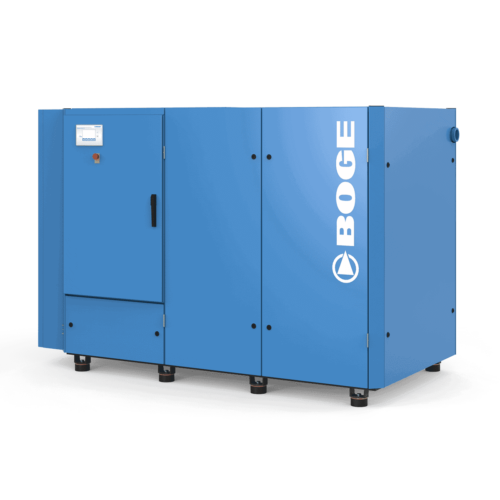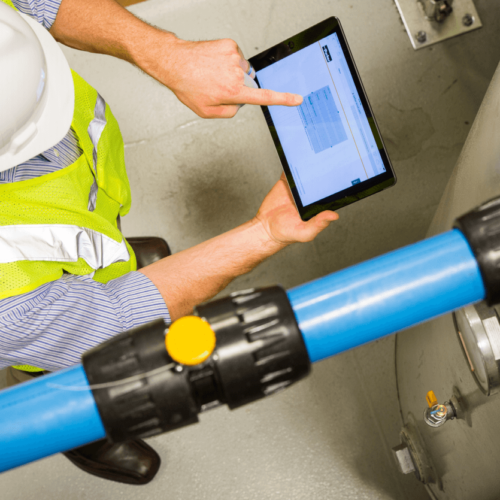Vacuum pumps and air compressors both have numerous uses in our homes and transport, as well as in an extensive variety of industrial settings. But what does each one actually do? And what are the key differences between the two?
We have put together this guide to help you learn the difference between a vacuum pump and an air pump, and to decide which is the more appropriate solution for you.
What Is a Vacuum Pump?
As its name suggests, a vacuum pump is a mechanical device that is used to create a vacuum. It does this by moving gas and air out of a system in order to create a secure environment for safely moving or transporting liquids. Although, it is also sometimes used for moving or transporting gases.
Vacuum pumps have numerous uses within the home, as well as in various business and industrial environments. For example, you can find vacuum pumps in:
- Washing machines
- Cars
- Aircrafts
- Air conditioning
- Irrigation and flood control
If liquid has to be moved safely from one environment to another, there is a high probability that a vacuum pump is being used.
How Do Vacuum Pumps Work?
A vacuum pump creates different levels of pressure within ‘high’ and ‘low’ spaces in the device. Particles flow naturally from a high-pressure environment into a low pressure one so the ‘high’ space empties, causing suction that creates the vacuum.
There are several types of vacuum pumps available, which work in different ways:
Entrapment Pump
Sometimes known as a trapping pump or capture pump, this uses refrigeration to cool air within a confined space, creating condensation. The liquid can then be removed. Another type of entrapment pump, known as an ion pump, causes condensation by using electrical fields.
Diaphragm Pump
Highly accurate and popular for industrial usage, a diaphragm pump uses a pair of mechanical diaphragms, which increase and decrease pressure by moving backwards and forwards. A valve prevents any liquid from escaping.
Momentum Transfer Pump
This creates a low-pressure region by using a rotating device to move air or gas from its inlet to its outlet. The vacuum is then sealed by a valve. This type of vacuum pump is also sometimes known as a kinetic pump.
Positive Displacement Pump
This has two different cavities, one of which is wider than the other. It creates suction, which provides a steady flow of power.
These designs give vacuum pumps a great degree of flexibility, making them ideal for usage in different settings and situations.
What Is an Air Compressor?
An air compressor pump is a device that takes the energy that’s in air and converts it into power. It does this by putting the air under pressure. The resulting power can be used to operate various machinery and tools.
For example, air compressors are used to provide the power for:
- Home power tools such as drills, nail guns and sanders
- Brakes for trains and buses
- Gas station pumps
- Hydraulic systems
Air pumps have such a huge range of applications that they have revolutionised how power can be used in manufacturing. However, they tend to be used to move gases rather than liquids.
How Do Air Compressors Work?
Air compressors can convert air into power in a number of ways. For this reason, there are several types of air compressor pump variations available:
Piston Air Compressors (Reciprocating)
A piston air compressor is a type of air pump that operates similarly to a combustion engine in a car, using a piston within a cylinder. This pumps air into a chamber until the pressure builds sufficiently. Once pressurised, the air can stay within the chamber until it needs to be used. Depending on whether it uses one or both sides of the piston, a reciprocator pump can be single-acting or double-acting.
Screw Air Compressors (Rotary)
Screw air compressors, sometimes known as revolving screw pumps or rotary pumps, use helical straws to guide the air into a chamber. They provide a continuous flow of pressurised air, making them highly efficient air compressors. They are also quiet to operate. For these reasons, rotary pumps are extremely popular in manufacturing environments.
Centrifugal Compressors
This type of compressor uses a rotating impeller to produce a discharge of highly pressurised air. This process is called dynamic displacement. As it allows a continuous flow, it has a higher capacity than some other air compressors. It is also cleaner because all the parts that require oil are positioned at a distance from the airflow.
All different types of air compressors have made the process of powering equipment far easier. Air compressors allow each worker in a manufacturing plant to work individually rather than requiring a centralised power source to drive all the tools.
What Are the Key Differences Between a Vacuum Pump and an Air Compressor?
Vacuum pumps and air compressors are very similar devices that often do similar jobs. However, there are a number of key differences between the two. It is important to understand these if you are choosing the system that’s right for you.
1. Capacity
An air compressor has to store pressurised air, so different models have different capacities. Vacuum pumps, on the other hand, are simply moving liquid or gas from one place to another so they do not need a storage capacity.
2. Vacuum Strength
The strength of a vacuum pump is measured according to absolute output pressure. The smaller the number, the more powerful the pump is. However, the strength of a compressor is measured by its ability to produce high compression requirements in the fluid.
3. Flow Rate
The flow rate of a vacuum pump depends on the pressure at either end of the pump. By contrast, the flow rate of an air compressor depends on its capability for volume reduction.
4. Power Usage
A vacuum pump typically requires a lot less power to operate than an air compressor. This means vacuum pumps can be thought of as more efficient. However, this depends on what the pump or compressor is being used for as each will suit different applications.
Contact the COMPRESSED AIR Experts Today
Knowing the difference between a vacuum pump and an air compressor is key when it comes to choosing the right equipment for the job you need to do. We hope this article has helped you to understand both options better.
If you would like more information and advice about vacuum pumps or air compressors, please contact us by calling (08) 9452 3669 or submitting an enquiry – our expert team will be happy to help.



